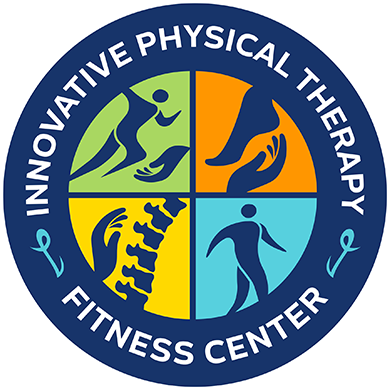At Innovative Physical Therapy and Fitness Center, our clinicians get to the root cause of your pain and address them with evidence based treatment strategies. Innovative Physical Therapy and Fitness Center is your trusted healthcare resource and has a long history of helping our patients get back to their life pain free. Our clinicians combine years of hand on experience with cutting edge technology that produces outstanding results.
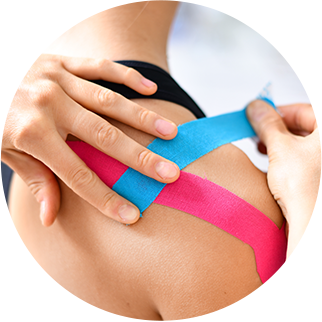
Kinesio Taping Method
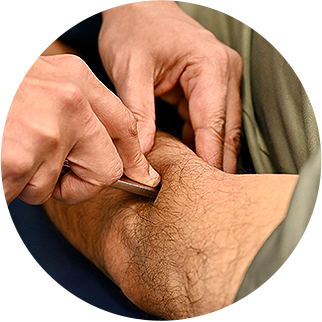
Graston Technique
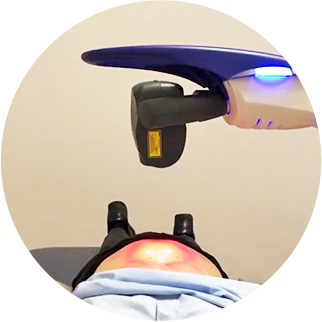
MLS Robotic Laser Therapy
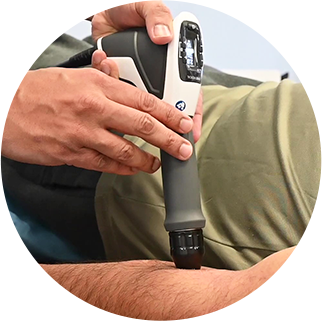
EPAT Therapy / Shockwave Therapy
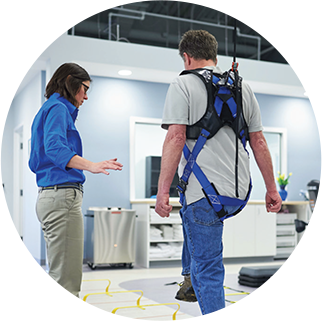
Solo-Step
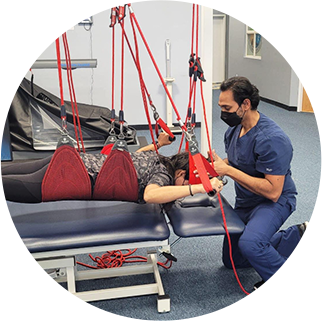
Redcord Neurac Zero Gravity Therapy
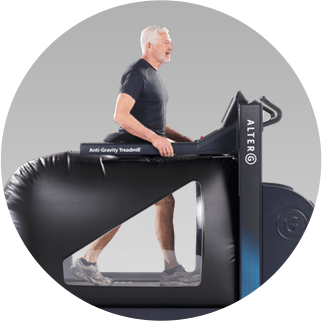
Alter G Anti-Gravity Treadmill
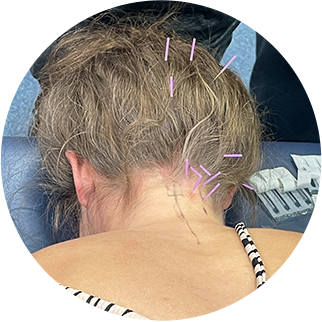
Dry Needling
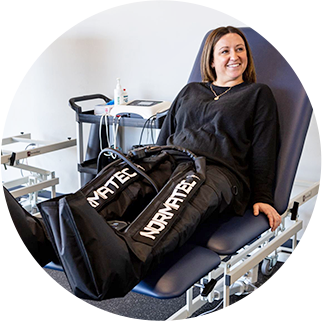
Normatec Vasopneumatic Therapy
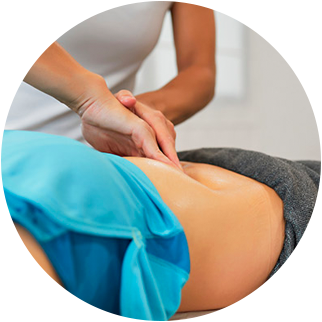
Pelvic Floor
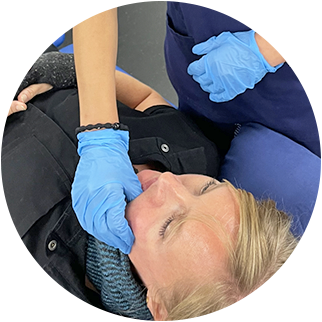
Tempormomandibular Joint Therapy
Injuries That We Regularly Treat
- Back & Neck Pain
- Osteoarthritis & Osteoporosis
- Shoulder & Arm Pain
- Postsurgical Rehab
- Hip, Knee & Ankle Pain/Joint Replacement
- Ulnar Nerve Entrapment at Wrist & Elbow
- Numbness, Tingling & Neuropathy
- Hand Pain/Carpal Tunnel Syndrome
- Vestibular/Balance Disorders
- Pregnancy-Related Back Pain
- Sports Injuries
- Sprains & Strains
- Work Injuries
- TMJ Pain
- Auto & Personal Injuries
- Fibromyalgia
- Incontinence
- Kendall Park
- Edison
- Princeton
- Old Bridge
- Monroe
